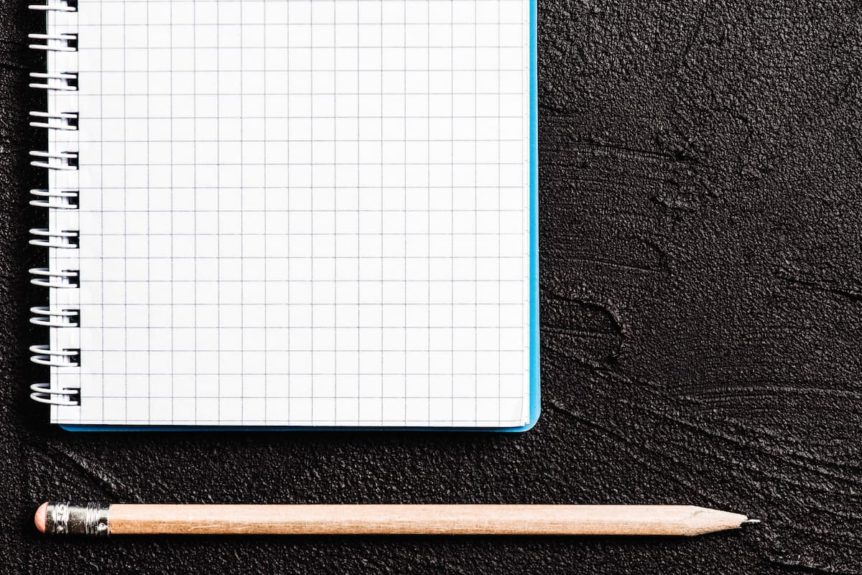When the COVID-19 pandemic lockdown hit, most of us turned our workouts into home workouts and now, as the weather starts to change, many will take workouts back inside. But many have found working out from home confusing and often frustrating.
How do I know if I am progressing? Am I getting fitter? Am I getting better?
The simple answer is – if you are doing your exercise routine consistently, you are making progress, even 1% progress, every time you move your body.
The biggest goal of your workout program is to master it. This means it will be challenging in the beginning, but as you consistently apply the program, and master it, you will progress and find exercises easier. Once that happens- make it challenging again and master those progressions.
Another way to learn if you are progressing is simply to record your workouts, and write down how you did, and how you felt. Don’t be afraid to write down all the dirty details, so you can refer back the next time you do the same workout.
There are two ways you can track progress:
- quantitative (quantity – the numbers)
- qualitative (quality – the feelings)
Qualitative tracking would include tracking the quality of your exercise and movement, and how you felt doing it, such as, and not limited to:
- Confidence – you feel more confident doing the exercises and are less hesitant because you are practicing.
- Mastery – there is less struggle during the exercise and the movement feels fluid – you are mastering it.
- Pain-free – there is less or no pain, and less discomfort.
- Feel – there is a certain point in exercising where it just feels good. Of course, it’s going to be challenging, but the challenge is welcomed, and you just feel great about the movement you are doing. That is from mastery and confidence. Record the feel.
Here is an example: “I rocked my lunges today, I felt so much stronger and stable than last week, and my legs didn’t burn as much.”
This is progress! Don’t be afraid to track any other qualitative feedback about your workouts or particular exercises. If it sucks that day, say so – be honest! The next week you do it, it might not be the same, and that is progress you want to record.
Qualitative tracking is more focused on the numbers. Week to week you will be able to see a change in numbers, such as:
- Resistance – using heavier weights, or more resistance/load
- Reps – adding reps or being able to get to the desired reps
- Sets – you are able to add more sets, or accomplish desired sets
- Length – ability to work out longer, even if its 1 minute longer. (This is very applicable to cardio based workouts.)
Let’s use lunges as an example again. For the first 2 weeks of your regime, you stuck with bodyweight lunges, and now as you enter your 3rd week of doing them, they feel more stable and stronger, and you simply struggle less with them. You feel confident to add 5lb dumbbells. You struggle through the first couple weeks with this new stimulus. But come the 3rd or 4th week, the lunges again seem easier, and you are getting to the desired reps pretty easily.
Time to progress again, and now you can choose some heavier dumbbells. Record the increased resistance you are now using. Before you know it, it’s week 6 and you have added 15lbs to your lunges and are now able to do them with perfect form and you don’t feel like you are going to die. If you refer to when you started, you will easily be able to see your progress, as you started with bodyweight.
You can blend the two types of tracking and provide a whole picture. For example: “Increased lunges to 5lb dumbbells, completed all 10 reps, struggled with strength on the last 4, felt hard, but not impossible.” From this feedback and tracking you will be able to know where to start on your next workout and track the progress you make from crushing those lunges again.
If you want to use quantitative measurement for cardio based activity, try to track time. For example, how long did it take you do run from point a to point b, with the goal improving on that. You can also track distance. For example, you were able to run farther or do more sets of stairs. Finally, you can track heart rate recovery time between exercises or runs. The shorter time it takes your heart rate to come down and recover, the fitter you are getting. That is progress.
Recording or tracking your workouts is the best way to see progress week to week. It allows you to look all the way back to the beginning of your program so you can see the BIGGER picture of how far you have come, especially on days that you don’t feel like you are progressing. A reminder of where you started is always good for the soul and spirit.
At the end of the day there is no right or wrong with what to track. You have to track what’s important to you and understand that any and all progress is PROGRESS. It doesn’t matter if its slow, it’s still progress, and you are moving in the right direction.
Shara Vigeant, BA, NSCA-CPT*D, CFSC
SVPT Fitness & Athletics



